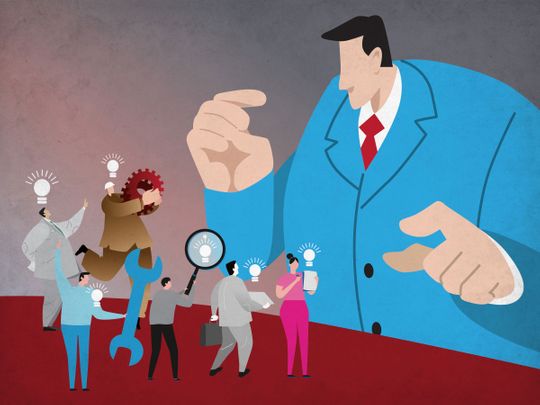
If boosting productivity wasn’t at the top of your company’s ‘To Do’ list at the start of the year, you can bet your bottom dollar it is now. With workforces disbanded and many office doors still firmly locked, companies are scrambling to keep operations running smoothly – or at all – and keep employees as productive as possible in this strange new world.
Frankly, every eye is looking for marginal improvements in hopes of eking out a profit. Even before we added COVID-19 to our dictionaries, productivity growth was worryingly flat. On average, employers were paying for eight hours of work per day, but receiving just three hours of productive time in return.
Such was the scale of the problem, research from enaible revealed that 645 million productive hours were being lost in America every single day. Now, with skeleton staff responsible for keeping entire companies afloat, the challenge of boosting productivity just got harder – and a whole lot more important.
It’s battle stations for all
Let’s be clear: the economic recovery of entire nations depends on the productivity of those still able to head out to work each day. It is their activity that will lead to the kind of job creation and re-hiring that will get their colleagues, friends, and family members back into employment. It is no longer about us as individuals (if indeed it ever was); if this is a battle we’re in against COVID-19, then growing productivity is the collective war effort.
We have a responsibility to each other – a responsibility to get our co-workers back on the payroll and life back on track. Corporate leaders understand this. What many don’t understand, is what productivity actually is.
Risk escalation
To recap, productivity is essentially total output divided by total input. In other words, the volume of goods or services divided by the number of labor hours required to produce it. It might seem straight forward – even obvious – but you would be surprised how many organizations get it wrong. And that misunderstanding is risking the much-needed return to business as usual.
I recently read an article about the reluctance of some companies to ask their employees to return to the office, citing the daily commute as unproductive time. It left me confused. I’m sure commuters would agree that the hour they spend on a crowded metro or sat idly in traffic could be better spent on other activities – an extra hour in bed for one.
But the time spent travelling to and from work is not on the company’s time; the productivity clock starts ticking once an employee enters the office - not a moment before – and it stops the second they leave at the end of the day.
Let’s get the measure right
But there’s a more fundamental problem. Business leaders don’t just miscalculate when productivity starts and ends, they don’t even know how to measure it. Some employees are saying they’re more productive now, others saying they aren’t. But how are they measuring it?
When a company employs someone, they buy their time – and time wasted is a productivity opportunity lost. With that in mind, leaders must decide what the hours they buy are supposed to produce, determine how many hours (not how many people) are required to produce it, and help every employee to make the most of every second, minute and hour of their working day.
The good news is despite rife misunderstanding over what productivity is and isn’t, business leaders agree that it is the key to recovery – and they have a new tool that was unavailable when economic crisis last hit.
That tool is artificial intelligence. From solutions that accurately measure productivity, such as enaible’s Productivity Score, to platforms that turn underutilized data into actionable recommendations, one of the greatest appeals of AI is the tangible insights it can yield. And the personalized recommendations that it can generate to help employees improve their productivity, whether in the home office or head office of their company.
Breathing life back into the economy and getting people back to work depends on boosting productivity… and help from AI.
- Tommy Weir is CEO of enaible: AI-powered leadership and author. Contact him at tsw@tommyweir.com.












